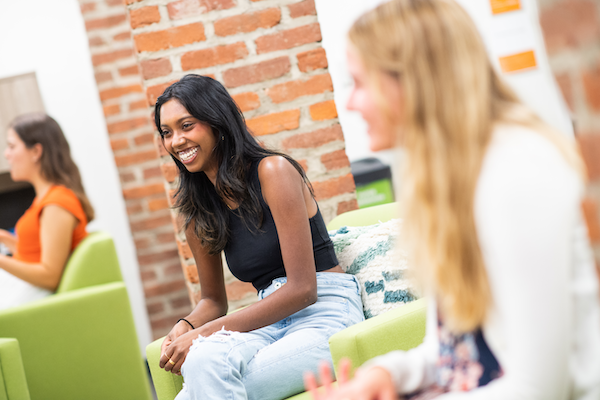
In a former life, I taught middle school for eight years. Four in a public school in a small industrial town south of Trenton, and four in a private school in Princeton. (I joke that eight years is three times as long as we make students stay in middle school.)
But the reality was that I loved working with this age group. They ask hard questions and expect honest answers. And they taught me so much about structural inequalities in our country.
In the public school setting, I taught reading to 162 students, in 6 classes, every day. We had a single set of books for my classroom; that’s 30 copies of each novel I taught. Students were divided into classes based on how the computer program could best accommodate everyone’s diverse needs. So while theoretically 162 students would divide neatly into six sections of 27, the reality was quite different.
I might have four sections of 30, one of 27, and one of 15 students. I might end up with a section with 10 students who read on a high school level,10 who read on a 4th grade level, and 10 with learning differences who were mainstreamed in from special education for their reading class – all meant to be reading the same novel.
 Looking back now, with decades of classroom experience and from a parent’s perspective, I’m struck by the ways that this set-up hindered my attempts to provide my students with the best and most appropriate education.
Looking back now, with decades of classroom experience and from a parent’s perspective, I’m struck by the ways that this set-up hindered my attempts to provide my students with the best and most appropriate education.
Contrast that with the education I was able to provide the students in the private school: I taught one section each of 6th, 7th, and 8th grade English. A copy of each book was available for every student. I had classes of 13-14 students. I taught a total of 40 students. Thinking about the difference in terms of time, each of my students in the private school received four times as much of my attention as each one in the public school. I learned that while anyone can work hard and achieve success, the kinds of success within reach can vary greatly, and how we structure our educational system impacts these possibilities.
In both of the schools, administrators made strategic decisions about the allocation of available resources, both time and supplies – and as a result, my capacity for individualized influence was shaped by availability of resources, not quantity of need. If we only sent students to school for content knowledge, that might not have mattered. But we, as a society, depend on schools as much for socialization as for “book-learning.” The lessons that middle school students learn about human interactions matter as much as (if not more than!) those about algebraic equations or the grammar of sentence diagramming.
Recently published research from our friends in the Curry School of Education demonstrates the importance of girls’ friendships to their mental health in later years. The study’s results suggest a benefit to supporting young girls’ peer relationships: over a ten-year period, having a sustained, strong close friendship correlated with an increased sense of well-being, while being popular in school predicted higher levels of social anxiety into adulthood. These are findings that schools could leverage to great effectiveness. But the teacher juggling 6 sections and 162 students has limited capacity to provide mentorship in this area.

Here at the Women’s Center, we co-sponsor programs with our colleagues in the Curry School that work to address the developmental needs of middle school girls and boys though evidence-based mentoring programs, the Young Women Leaders Program (YWLP) and the Men’s Leadership Project (MLP). Both programs use a scaffolded structure of mentorship that directly results in high-impact experiences for their participants.The UVA women and men who serve as mentors through these programs make a tremendous commitment of their time to working with local middle school students both in groups at their schools and one-on-one during evenings and weekends. The undergraduates serving as mentors also receive a great deal of support from Curry faculty, Women’s Center staff, and other UVA students with experience in these programs. I urge you to learn more about how YWLP and MLP work and why they are so effective.
Our society poses many challenges to today’s youth, many of them gendered in nature. Women still face barriers to equal access to opportunities; men are pigeonholed into limiting models of masculinity. Research points to effective tools in meeting these challenges, though. For young girls, a strong close friendship provides protection against the negative stereotypes and potentially positively influences how they see themselves as individuals. For young boys, the school setting is an ideal place to create environments in which they can develop new understandings of traditional masculine constructs like strength. For both girls and boys, near-peer mentors have an important role to play in the fullest education, and I’m proud that the Women’s Center offers these opportunities through YWLP and MLP.
The former middle school teacher in me is so impressed at the longevity of YWLP and MLP: YWLP is celebrating its 20th anniversary this year, and MLP was founded ten years ago by some UVA young men who admired YWLP and saw the need for a similar program for middle school boys. I can assure you – any program that endures while relying on continued interest from middle schoolers and continued commitment of time from university students is a successful program!

